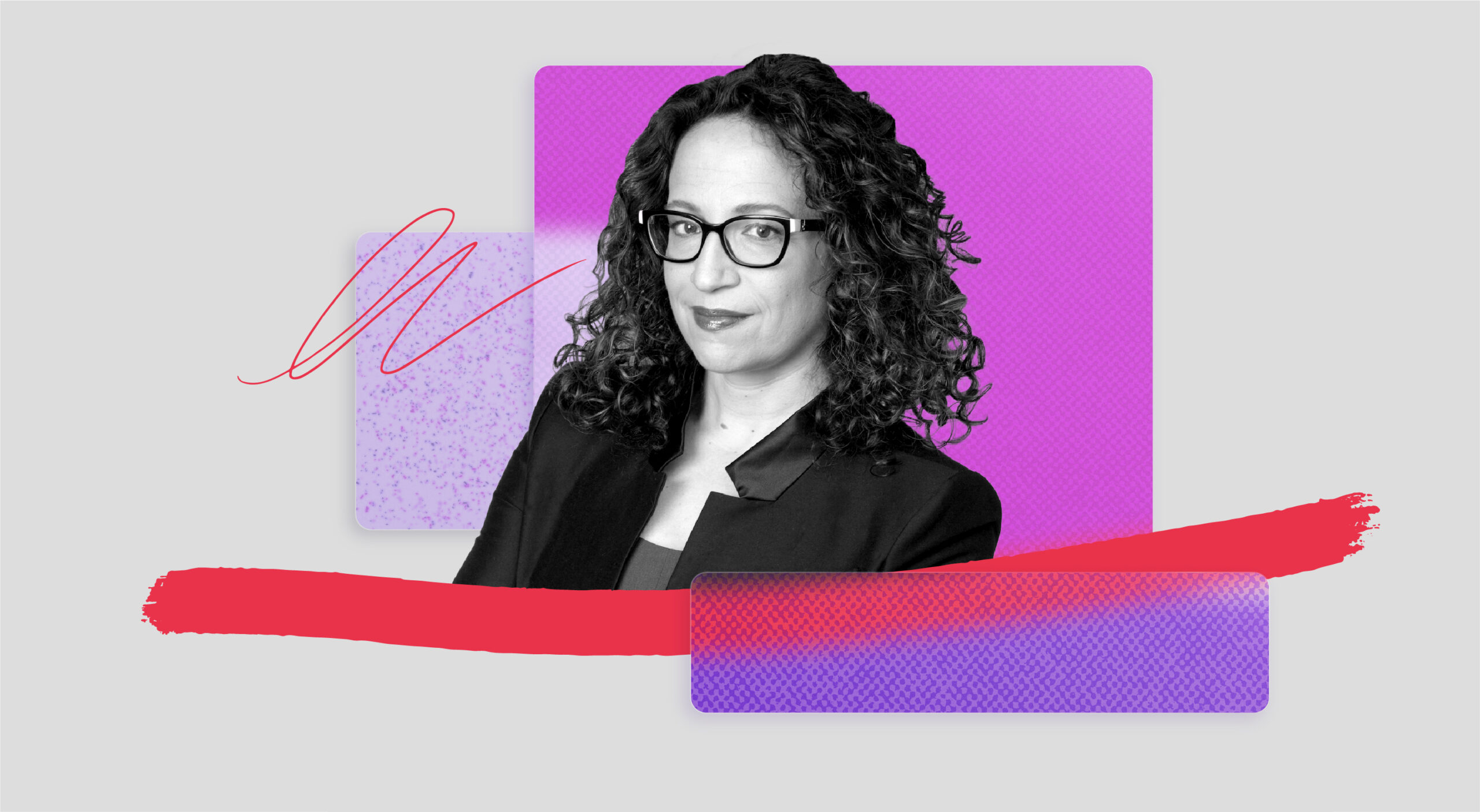No one can predict the future, but quantitative futurist Amy Webb is doing her best. She and her team use data to find emerging trends about the ways AI is changing the working world. Webb is the CEO of the Future Today Institute, which helps the world’s leading organizations navigate an uncertain future and identify opportunities for growth. In this episode, Webb shares the most plausible outcomes for how AI will impact humanity and what business leaders can do today to set up their organizations for success.
Amy Webb is the first guest for season 5 of Microsoft’s WorkLab podcast, in which host Molly Wood has conversations with economists, technologists, and researchers who explore the data and insights about the work trends you need to know today—from how to use AI effectively to what it takes to thrive in the digital age.
Three big takeaways from the conversation:
WorkLab is a place for experts to share their insights and opinions. As students of the future of work, Microsoft values inputs from a diverse set of voices. That said, the opinions and findings of the experts we interview are their own and do not reflect Microsoft’s own research or opinions.
Follow the show on Apple Podcasts, Spotify, or wherever you get your podcasts.
Here’s a transcript of the episode 1 conversation.





